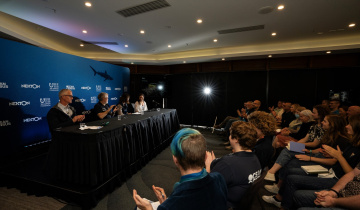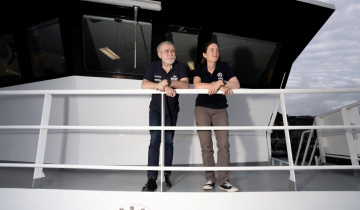Big marine farm zone; small effect
Big marine farm zone; small effect
Wilson Bay Marine Farm Zone in the eastern Firth of Thames, Coromandel, harbours the largest block of marine farms in the country. The zone is some 3000 hectares in all, and encompasses an area of original farms, and two areas (A and B) designated for further development.
For the past four years, NIWA has been monitoring the environmental effects of the mussel farms for the consortium developing Area A.
We have been looking at:
- wave, tide, and current patterns to determine the extent to which the farm has reduced wave energy, or affected tides and current, as it was stocked with mussels.
- water quality, including temperature, salinity, nutrient levels, suspended solids, phytoplankton (plant plankton), zooplankton (animal plankton), water transparency.
- the seabed, including changes in sediment (e.g., more fine sand) and animal communities on the seafloor.
The annual results, underpinned by NIWA’s government-funded research, shows that in general the environmental effects have so far been minor.
But what might happen when Area A, and adjacent Area B, are fully developed? To allow for such developments to proceed in a sustainable manner, NIWA has worked closely with Environment Waikato and the marine farmers to implement an innovative management concept based on the "Limits of Acceptable Change" (LAC). LAC provides a collaborative framework for identifying environmental indicators of change, setting acceptable levels of change and recommending appropriate management responses."







